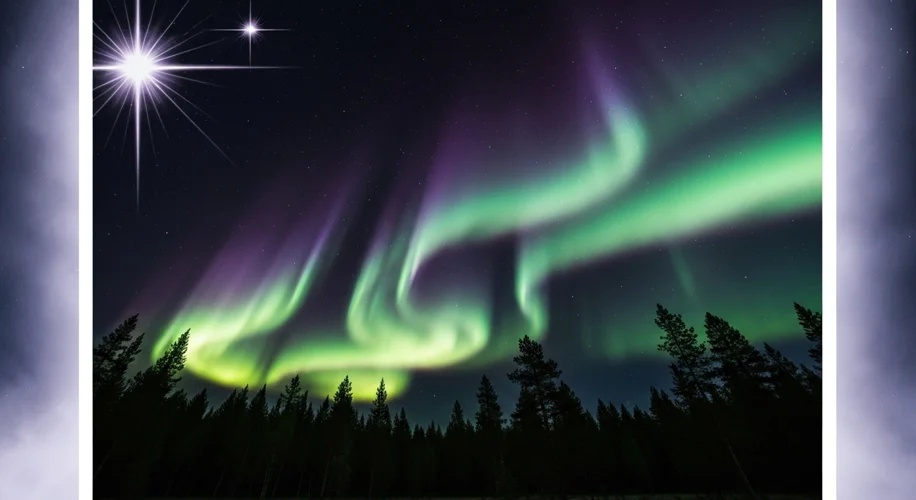Did you know our sun, that giant ball of plasma we rely on, has a cycle? It’s true! For decades, it’s been in a relatively quiet phase, but NASA scientists are now saying it’s slowly waking up. And that means we might be in for more intense space weather.
What exactly is solar weather? Think of it as storms on the sun. These storms are caused by the sun’s magnetic field, which can get twisted and tangled. When these tangles snap, they release massive amounts of energy and charged particles. We call these events solar flares and coronal mass ejections (CMEs).
When these CMEs are aimed at Earth, they can create what we call a geomagnetic storm. These storms can have some pretty interesting effects right here on our planet.
One of the most beautiful side effects is the chance to see the Northern Lights (and Southern Lights in the opposite hemisphere) more frequently and in more southerly latitudes than usual. This happens when the charged particles from the sun interact with Earth’s atmosphere and magnetic field, exciting the gases and causing them to glow.
But it’s not all aurora displays. NASA and other space agencies are keeping a close eye on these solar events because they can also cause disruptions. The charged particles can mess with our technology. This could mean temporary disruptions to power grids, leading to blackouts, or interference with satellite communications and GPS signals. It’s like a space weather traffic jam for our electronics.
Scientists at NASA say that the sun’s activity has been ramping up after a long lull. This isn’t a sudden surprise; it’s part of a natural, approximately 11-year cycle of solar activity. We’re heading towards a period of increased activity, known as solar maximum, which is expected in the coming years. Some researchers even suggest that this period of heightened solar activity could last for decades.
So, while the prospect of more frequent Northern Lights is exciting, it’s also a reminder that our technological society is quite dependent on systems that can be affected by forces from space. It’s a great time to appreciate the power of our sun and the importance of understanding these cosmic weather patterns.

